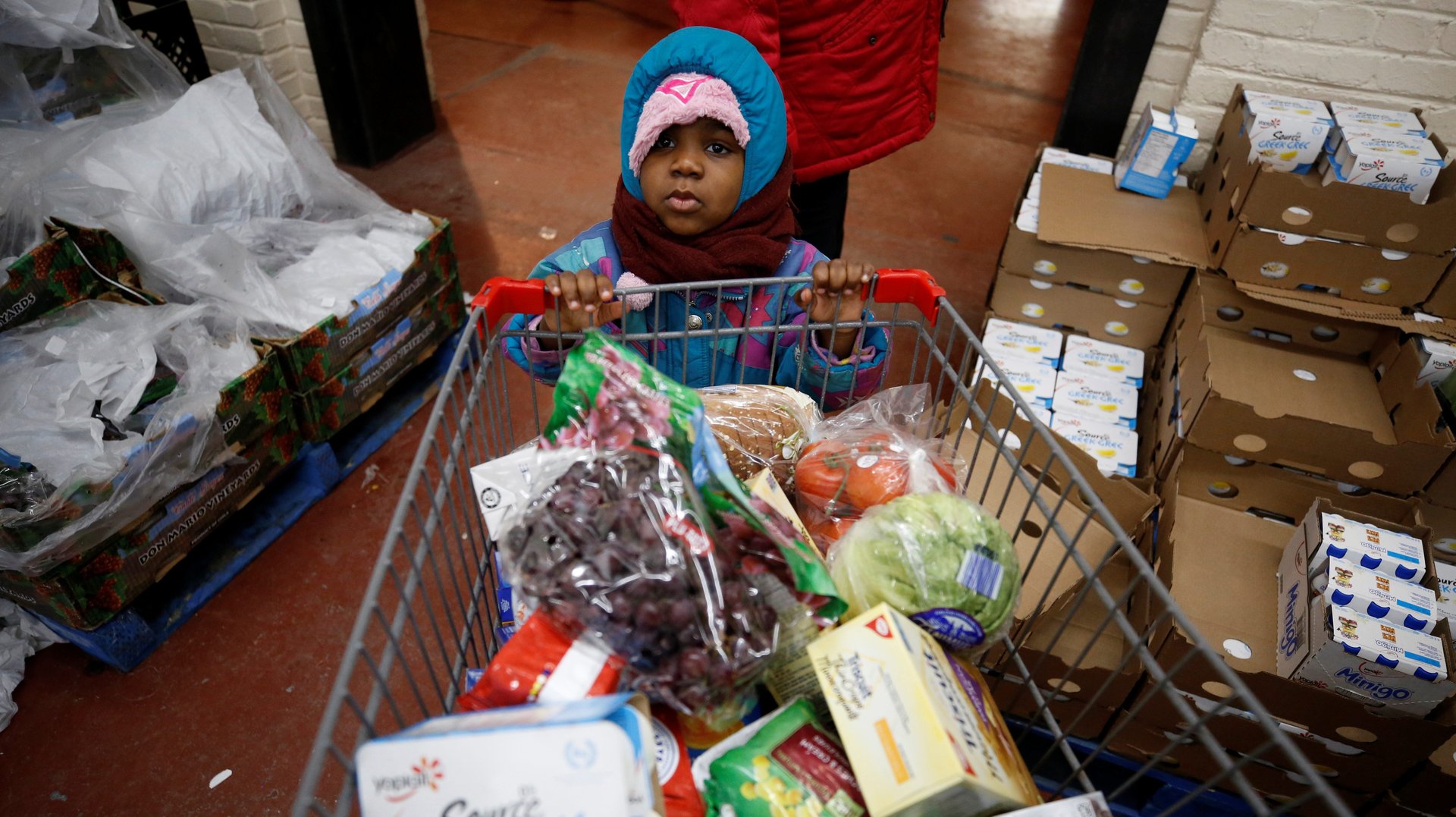Canada now offers refugees the best chance for a permanent home
For years the world could count on the US to permanently welcome the largest number of refugees. Not anymore.


For years the world could count on the US to permanently welcome the largest number of refugees. Not anymore.
Canada now holds that distinction after US president Donald Trump’s administration dramatically cut the number of refugees it accepts.
In 2018, 23,000 of refugees resettled in the US, compared with nearly 100,000 in 2016, according to a new Pew Research Center analysis. The number of resettlements also dropped sharply in Canada, to 28,000 in 2018 from 47,000 in 2016.
The number of people fleeing their homes around the world reached a record high of 25.5 million in 2018. Rich countries are not usually their first stop. In fact, the bulk of refugees were living in low or middle-income countries in their own region by the end of 2018. But places like the US and Canada have traditionally played a big role in giving them a permanent home.
Resettlement is one of the key methods prescribed by the United Nations to deal with the growing refugee crisis. It is usually reserved for those who are most at risk, including survivors of torture and children. (The other methods are finding safe ways for refugees to return home, or integrating them in the communities where they first arrived.)
These days, the need for resettlement is far outstripping countries’ willingness to take in refugees. In 2018, that gap was 1.3 million people, according to the UN High Commissioner for Refugees (UNHCR). Less than 100,000 refugees were permanently accepted by countries that year.